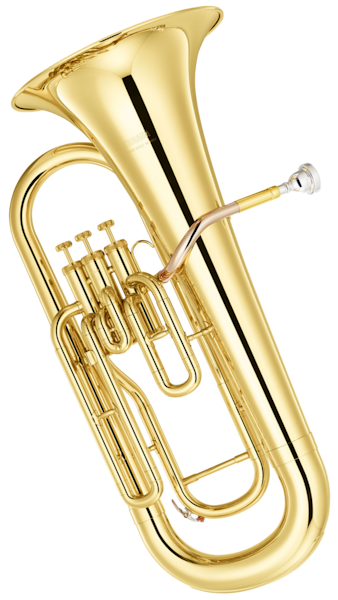Euphonium
Brass family
Listen to Examples
Guidelines for Success
- Stature is adequate to handle the size of the instrument.
- Lips are medium to thick. Thin lips tend to be better suited for the French Horn or Trumpet.
- Student is able to sing a common folk song.
- Desire to play the Euphonium is unwavering.
- Tuba players may start on Euphonium, then switch to Tuba in middle school or rent a Tuba now.
Euphonium Supplies
Call to Order
A quality instrument is crucial for successful learning. Parents can call (800) 637-6872 to order supplies from District 47's preferred vendor, Quinlan and Fabish, Mon-Fri. 11am-7pm or Sat. 9am-3pm or order online with the buttons below...
Method Book
5th grade students will read music from their own method book entitled, "Habits of a Successful Beginner Band Musician."

Music Stand
Students will set up their own music stand at full band. We use the Hamilton KB400N music stand and the Hamilton KB12 carrying bag.

3-Ring Binder
Please help our class run smoothly and organize our songs, worksheets and other handouts in a 3-ring binder.

Valve Oil
Euphonium players use a valve oil called "Blue Juice." Use 3-4 drops as needed. Watch video.
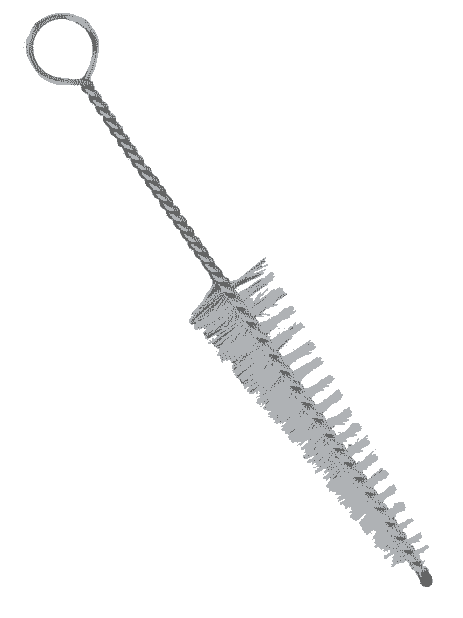
Mouthpiece Brush
Rinse in a sink when using brushes. Watch video.
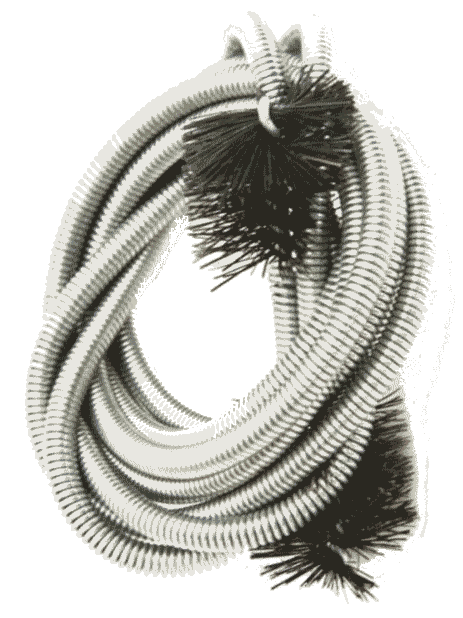
Snake Brush
Rinse in a sink when using brushes.
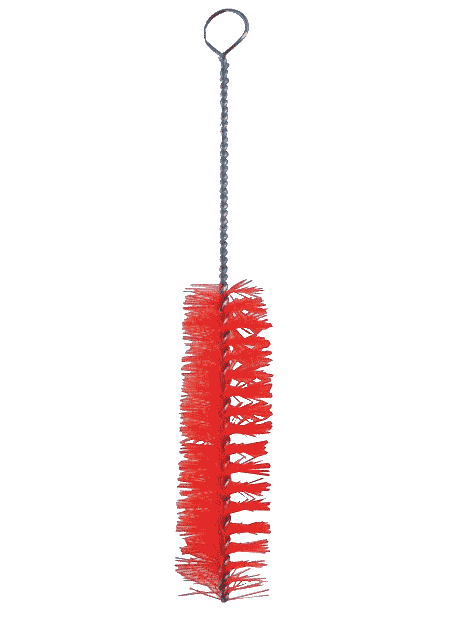
Valve Casing Brush
Rinse in a sink when using brushes.
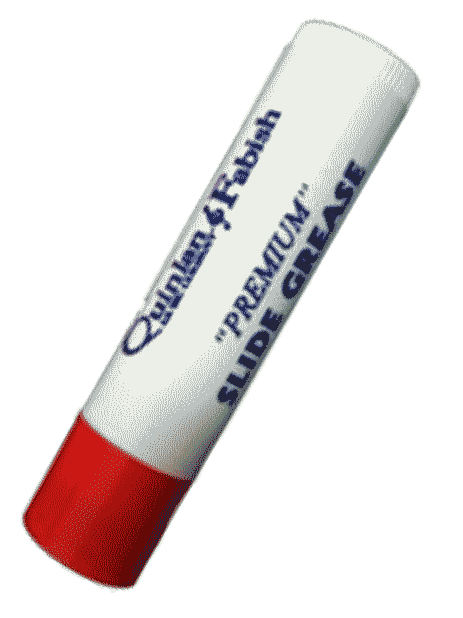
Tuning Slide Grease
Euphonium players use Tuning Slide Grease on the main tuning slide and 3 valve slides as needed.
Origin of Euphonium
Origins of the Euphonium can be traced to ancient Rome, where bronze and brass instruments called "tubas" often played at military and ceremonial functions. The baritone horn, also known as a tenor tuba, first appeared in Germany in the 1830s.
Inventor of Euphonium
The baritone horn is the final version of Adolphe Sax's "saxhorn baryton." The Euphonium, closely related to the Baritone, was invented in the 1830s. The tubing of the Euphonium is wider (more conically shaped) than the cylindrical tubing of the baritone. Both instruments have 3 or 4 valves and play the same pitches.
Euphonium Family
Baritones and Euphoniums can be played using either bass clef (B.C.) or treble clef (T.C.) fingerings. They are important tenor or bass-voiced instruments of the concert band. Baritones play solos and harmonies, and they blend well with other instruments.
Composers & Performers
John Philip Sousa, Percy Grainger, and Alfred Reed are important composers who have included baritones in their concert band writing. Some famous baritone performers are Leonard Falcone, Brian Bowman, and Rich Matteson.

